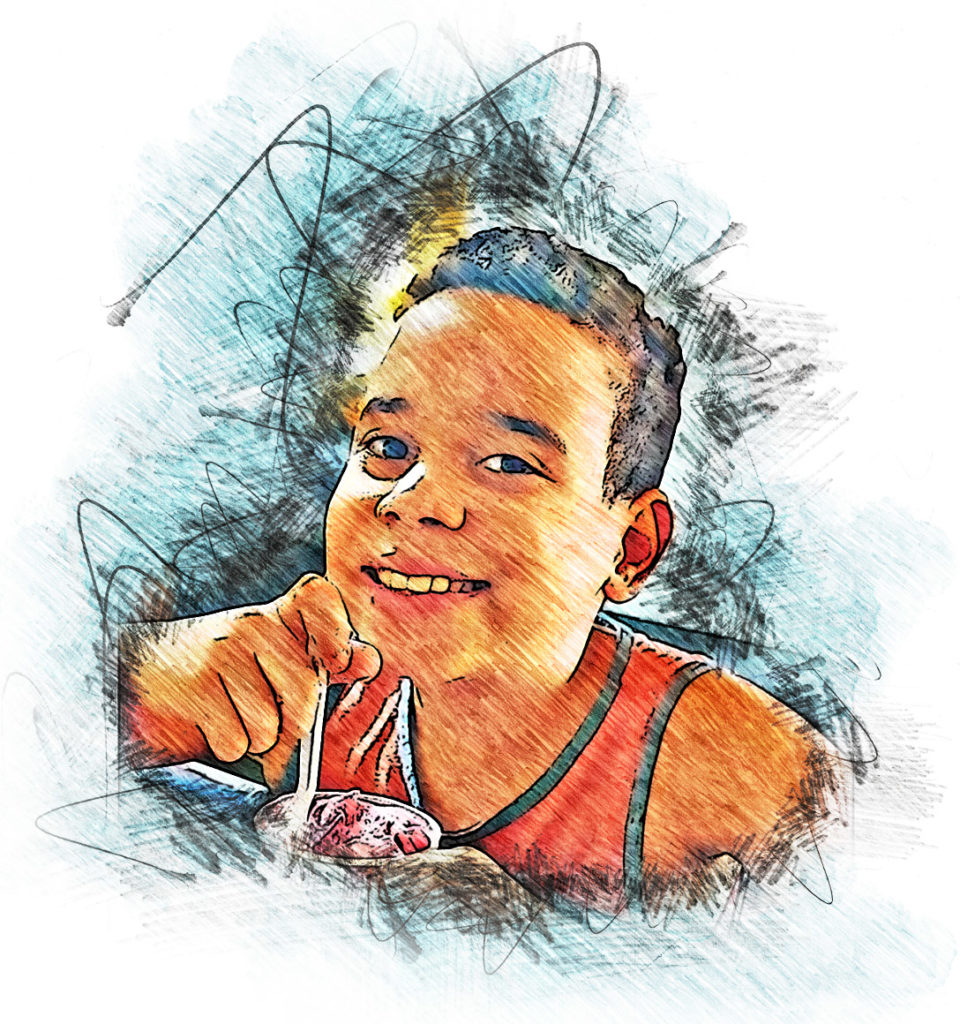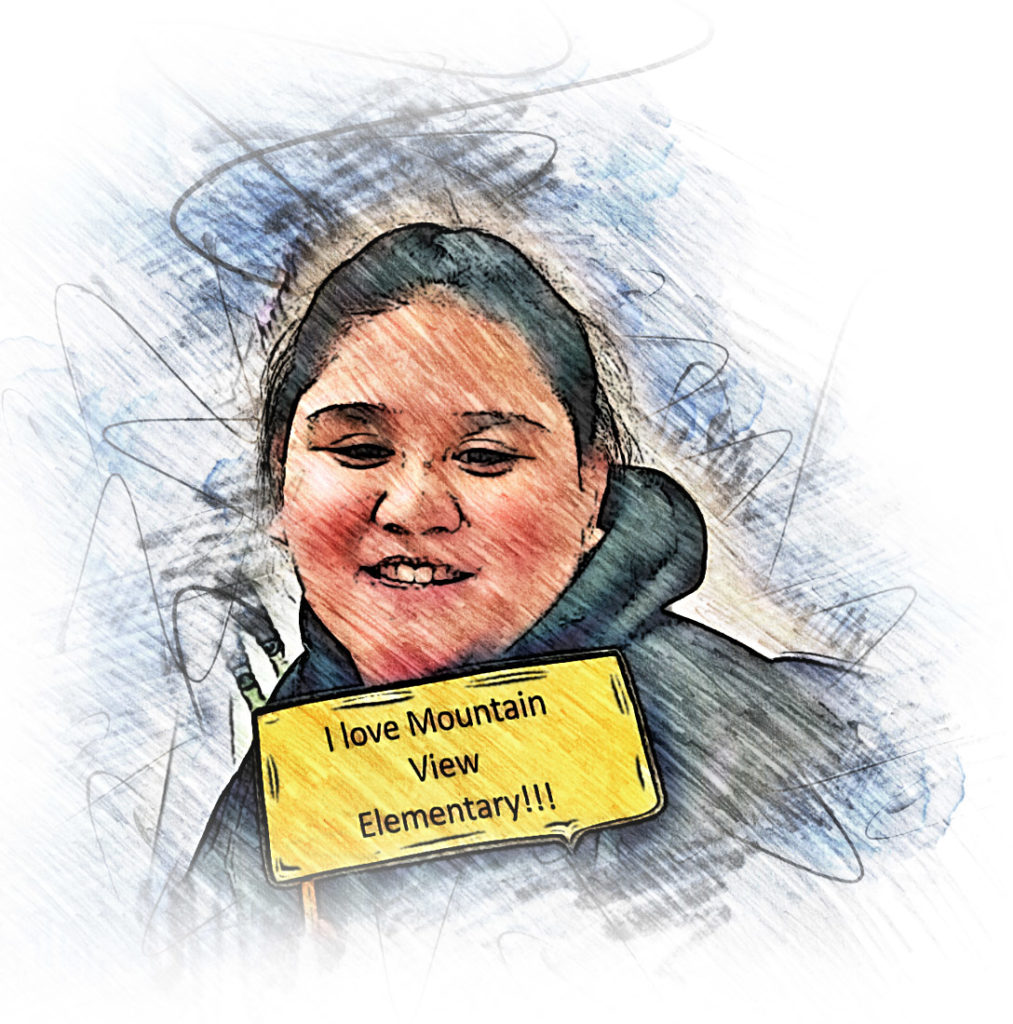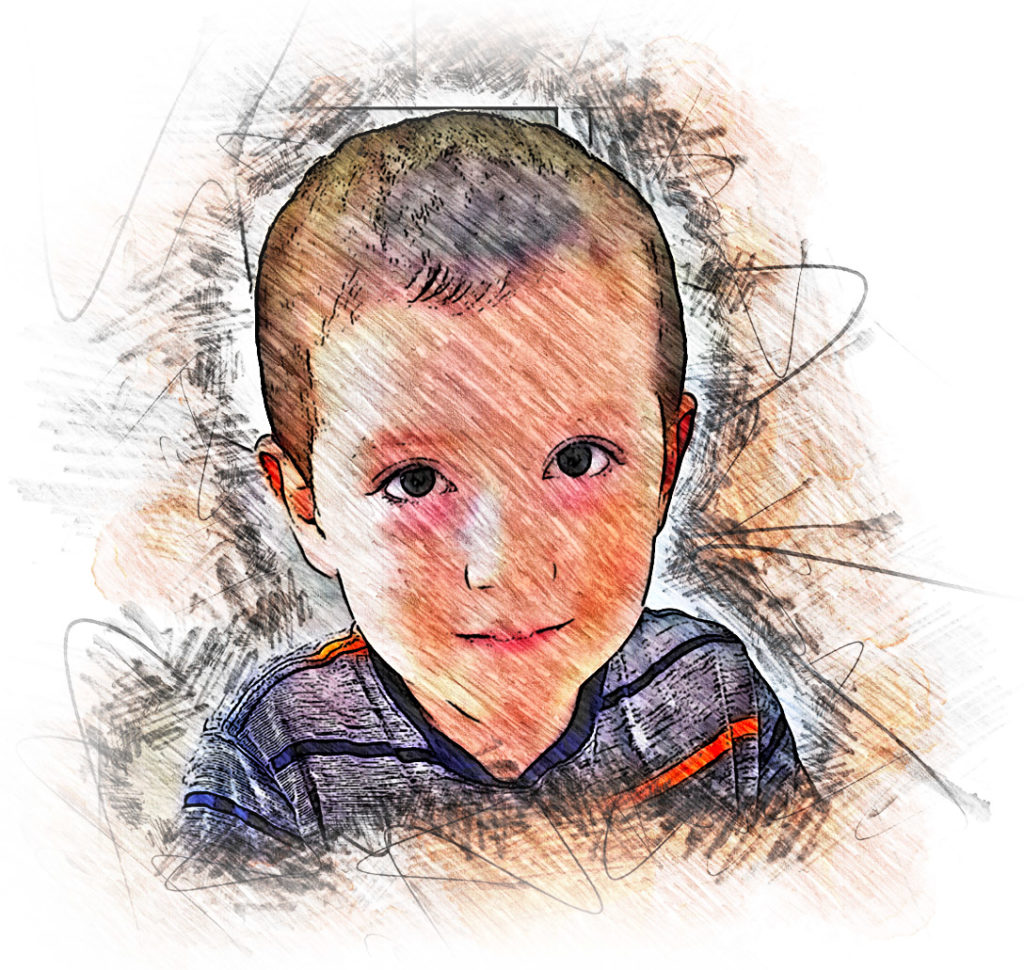
Alaska — Jan. 22, 2021
Traditional Markets Give Anchorage Transplants a Taste of Home
In Alaska, traditional markets create a sense of home in one of America’s most diverse neighborhoods.
By Bailey Berg
This story can also be found in our Winter 2021 issue of Life & Thyme Post, our limited edition newspaper for Life & Thyme members. Subscribe
David Guzman knew that when the door of Mexico Lindo Mini Market opened late in the afternoon, it was likely local kids stopping in for a sweet treat on their walk home from school.
For years, a group of elementary-age students would cruise the aisles, picking out fresh-baked conchas, giggling about the puerquitos (pig-shaped cookies), grabbing cans of bubble gum-flavored Inca Cola and bottles of Jarritos, and asking questions about the merits of the various candies with Spanish names.
“They came in all the time and would say, ‘Look at all this. This is so cool, man,’” says Guzman, owner of the family-run store.
For the students, the contents of the grocery store, bakery and taqueria were unlike anything they’d seen before. But for much of Guzman’s customer base, it’s a taste of home.
Guzman resides in a city that claims the top three most diverse neighborhoods in the United States—although it’s likely not a city you’d guess.
It’s Anchorage, Alaska.
Ranking Diversity
According to sociologist and demographer Dr. Chad Farrell, what gives those Anchorage neighborhoods the distinction of being the most diverse are the number of ethnicities present as well as their size relative to one another.
Basically, if you have a neighborhood that includes members of all seven categories recognized by the government (white, Black, Latinx, Alaska Native and Native American, Asian, Native Hawaiian and Pacific Islander, and biracial) and those groups are roughly the same size, the higher level of diversity you have. If a neighborhood is heavily one race, although it may be diverse, it won’t rank near the top of the diversity index.
Every city was ranked by Farrell and his peers on a scale of zero (meaning there’s only one group present) to one hundred (many groups, evenly represented). Mountain View, a neighborhood in northeast Anchorage, is ranked the most diverse neighborhood in the country, followed by two neighboring census tract areas. While they didn’t score a perfect one hundred, all three neighborhoods were in the high nineties, meaning the populations were very close to being of equal size.
Even the other neighborhoods in Anchorage, the ones that don’t rank high nationally, are significantly more diverse on average than much of the country. Part of the reason, Farrell says, is because many other large urban cities don’t boast nearly as many Native American or Alaska Native residents. Because Indigenous people don’t make up an even share of the demographic pie, those other cities are considered less diverse. The fourth most diverse census tract is in Seattle, and the fifth through tenth are all in New York. While the six New York tracts see more or less equal measures of diversity in white, Black, Latinx, Asian, Pacific Islander, and multicultural populations, they each only see a small sliver of Indigenous residents (ranging from .3 to 1.9% of the total population).
Alaska has long been a beacon for immigrants, refugees, and Lower 48ers looking for change. It’s a highly transient population with roughly 11% of Anchorage’s 290,000 residents born in a different country, and another 47% born in another state.
“Alaska has been a magnet for people for a long time—immigrants are no different in terms of the force that attracts them to Alaska,” Farrell says.
The two reasons that led to the diversity of Mountain View in particular, Farrell suspects, are the affordability of housing and the overall smaller size of Anchorage.
Across the U.S., wherever you see more rental housing options, Farrell says, you’re more likely to see more diverse populations—often they’re passing through and there’s high population turnover.
While it’s challenging to start over somewhere new, a growing number of ethnic grocery stores, ranging from Eastern European to African, Middle Eastern to Mexican and more, have sprung up in Anchorage, looking to create community and provide a cultural touchstone.
Gathering Together, Far From Home
For Guzman, purveying food memories includes keeping his shelves stocked with moles, salty Mexican cheeses, sweet homemade breads, corn flour mixes, tamales, chicharrones, and chilies spanning the color and spice spectrum.
The familiarity of the food, Guzman says, is what brings his customers in. While they may be far from the where they were born, while perusing the aisles for the ingredients they’ve known all their lives, they may be transported back there momentarily.
It’s not just food though. There are also games, decorations, and even candy-filled piñatas festooning the ceiling. Everything Guzman carries is intended to give his community the essentials they need to gather.
“In our Latin community, we really like to get together as a family and enjoy meals, so we decided it was important to bring authentic ingredients—spices, cheese, longaniza, and authentic things we use in our countries—to Anchorage,” Guzman says.
When asked why it was so important to have traditional ingredients, he simply says, “It’s our culture. It’s our home.”
Although Mexico is in his business’ name, the store carries products from most of the Latin American diaspora: Guatemala, El Salvador, Honduras, Nicaragua, Colombia, Peru, Ecuador, Dominican Republic, Puerto Rico, and beyond. Guzman himself is from Guatemala.
Because Mexico Lindo’s offerings represent such a vast collection of cultures, Guzman often overhears people comparing and contrasting how in their country of origin they traditionally use certain ingredients, like corn flour and pinto beans.
“It’s a challenge, of course, to not be with your family and in a different culture,” Guzman says. “But having some familiar food helps us to feel at home.”
Rapid Diversification in the Frozen North
Mexico Lindo is one of many ethnic groceries stores that make up the fabric of Anchorage. There’s also the African Salam Halal Market, Eastern European Store and Deli, Manila Bake, and Oriental Shopping Center, just to name a few. But even twenty years ago, these stores were rarities.
Farrell’s research was part of a long-term study with myriad other researchers and universities, funded by the National Institute of Health, that looked at the changing racial and ethnic contours of U.S. society from 1980 to present day. The growth in diversity, Farrell says, has happened fairly recently. Even going back to the beginning of the study, the population of Anchorage was predominantly Indigenous and white.
“Anchorage has actually diversified more rapidly than a lot of U.S. cities over this period,” Farrell says.
In Anchorage, like the shelves of Guzman’s store, the different cultures are commingled. Unlike other cities with large immigrant populations, Anchorage doesn’t have areas that are predominantly one race—you won’t find a Little Italy or a Chinatown here. Anchorage isn’t that large of a city population-wise and myriad countries of origin are reflected. It’s estimated that at least one hundred languages are spoken within the homes of the roughly 46,000 children in the Anchorage School District. Nineteen of the top twenty most diverse elementary schools in the nation are in Anchorage (the one outstanding is in Honolulu).
“What we see is many different groups living in close proximity to one another in really diverse neighborhoods,” Farrell says.
Bringing Elsewhere To Alaska
Like Mexico Lindo, New Central Market doesn’t just host goodies from one country, but from many. Owned by a South Korean woman named Hyun “Sonya” Yoo and her American husband, Joe Clark, the shop carries ingredients central to Korean, Thai, Japanese, Vietnamese, Laotian, Indian, Pakistani, Nepali, Hawaiian, and various Pacific Island cuisines.
Clark says the biggest hurdle for the duo isn’t so much sourcing the items, rather simply finding wholesalers who will ship to Alaska. Alaska is notoriously expensive to ship to (for reference, Dollar Menu items at McDonald’s, like a double cheeseburger or four-piece chicken nuggets, start at $1.99; getting the ingredients so far away is expensive).
On their shelves, you’ll find everything from the trendiest new Pocky and Kit Kat flavors, frozen samosas, Hawaiian coconut syrup, kimchi, dal, tofu, dried squid, fresh basil, rice cakes with bean paste, and an entire aisle devoted to soy sauce and peanut oil.
For New Central Market, what opened the door was the ability to pay up front and a promise that they had enough hungry customers in the forty-ninth state who will keep coming back for more.
While New Central Market always keeps traditional food items in stock, they now have the ability to rotate in trendier options.
“One of the best ways to learn about new foods is watching foreign movies,” Clark says. “There’s a lot of product placement in Korean and Japanese soap operas, as well as Bollywood films. We’d watch these movies and see these products, and the next day people would come in asking if we’d ordered it yet.”
For Yoo, finding a way to get whatever product her customers want isn’t just good business; it’s about bringing Korean hospitality stateside. Her staff goes as far as insisting on carrying grocery bags out to customers’ cars.
Moving to Alaska, especially from vastly dissimilar locales like Samoa or Guam, can be a shock to the system. Having access to familiar foods (and even the same cookware), helps make the transition more palatable.
“We get people all the time in here who find something from home and they just start crying,” Clark says. “It’s a good thing and a sad thing. Yes, they’re homesick, but at least they know they have everything they need, right down to the rice cooker, to make it just like it was at home. Which is key.”
Culture Sharing
After a while, the schoolboys who frequented Guzman’s store in the afternoons stopped coming in. He figured they’d joined an after-school sport or had started taking the bus home.
But one afternoon months later, they came back, for the first time with their mother. She explained to Guzman that they’d moved out of the neighborhood, and since then her kids have been pestering her daily to make a special trip to see him and show her the treats they’d come to love.
“We were very proud about that,” Guzman says. “It’s nice to be able to share your culture. It’s important to share with Anchorage that we’re here.”











Our comments section is for members only.
Join today to gain exclusive access.